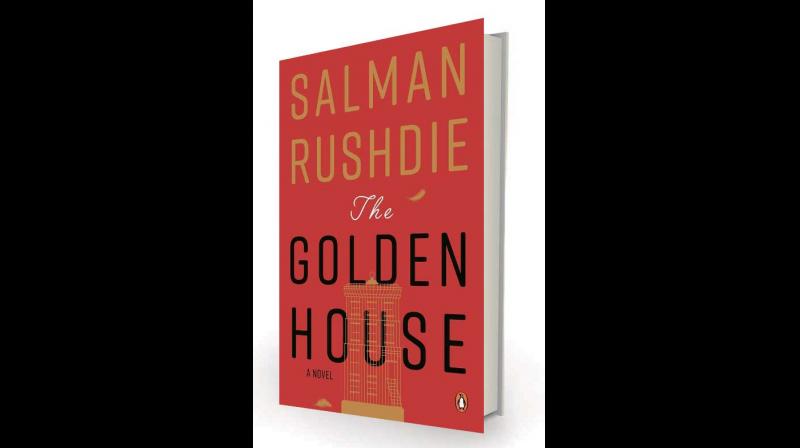Book Review 'A Legacy of Spies: Return to the murky past'

If you had to choose one book that both typified spy fiction and celebrated what the genre was capable of doing, then John le Carré’s The Spy Who Came in From the Cold is probably the one to go for. Published in 1963, and set within the comfortably binary framework of the Cold War, it combined moral ambiguity and an air of grim authenticity with a steady narrative pull. It also had an unforced literary distinction that made it impossible to dismiss as “mere” genre fiction.
Now, over half a century later, John le Carré’s latest novel returns to this murky episode and proceeds to make it even more complicated and harrowing than it was before. Set in or around the present, A Legacy of Spies focuses on Peter Guillam, formerly the professional sexpot of Covert Operations and a loyal sidekick of the legendary spymaster George Smiley.
The lawyers of the Service — formerly known as the Circus — order him to London from his rural retirement in Brittany to face the threat of charges arising from The Spy Who Came in From the Cold.
Smiley’s operation, which was designed to protect a high-ranking East German double agent, led to the deaths of a British agent, Alec Leamas, his idealistic girlfriend, Liz Gold, and an East German source codenamed Tulip (real name Frau Gamp — a sly nod to Dickens?).
In the present, Christoph, Leamas’ brutish German son, is proposing to sue the Service in general and Guillam in particular for the deaths of his father, Liz Gold and Tulip (once Guillam’s lover). Christoph has recruited the support of the children of Liz Gold and Tulip; his aim is money, rather than justice. To make matters worse, the most important files relating to the operation have vanished, and no one is quite sure whether Smiley is alive or dead. (My lips are sealed on this question, but if he is alive, he must surely be half as old as God by now.) His absence is the gaping void at the heart of the story.
The suavely sinister lawyers are desperate to avoid the publicity and expense of a trial and the horrors of parliamentary scrutiny.
They force Guillam, the best available scapegoat, into revealing the whereabouts of a Bloomsbury safe house where the missing files have been secreted, and to providing a commentary on their contents.
This is interspersed with extracts from the files themselves and with Guillam’s own private memories. To add to his tribulations in the present, Christoph Leamas is in London and looking for him.
Guillam may be elderly — he must be at least 80 by now — but he’s still formidable, and his tradecraft proves unexpectedly effective in a world where his modern successors have never learned the basics of the trade.
It’s good to be back in a world where people make comments like “Tulip’s PP, as per HO Regs for COVERT’S EYES ONLY!!”
Le Carré has a unique ability to make a blend of bureaucratic gobbledegook and departmental slang into something approaching an art form.
Part of the pleasure of this novel is that the characters seem so much cleverer than we are.
We may think we know what’s going on, but a few pages further on we discover that we don’t. Paradoxically, we derive equal enjoyment from the sense that we are privileged to receive secret information.
It’s a shame that, in the end, the journey is more interesting than the destination: the conclusion is perfunctory, and leaves a number of unresolved questions.
Is A Legacy of Spies in the same league as The Spy Who Came in From the Cold? The short answer is no, of course not.
But perhaps Le Carré didn’t intend it to be. The novel has the air of a swansong. It’s haunting, fascinating and finally unsatisfying.
It also made me want to reread the entire Smiley sequence. Maybe I’ll really understand it this time.

